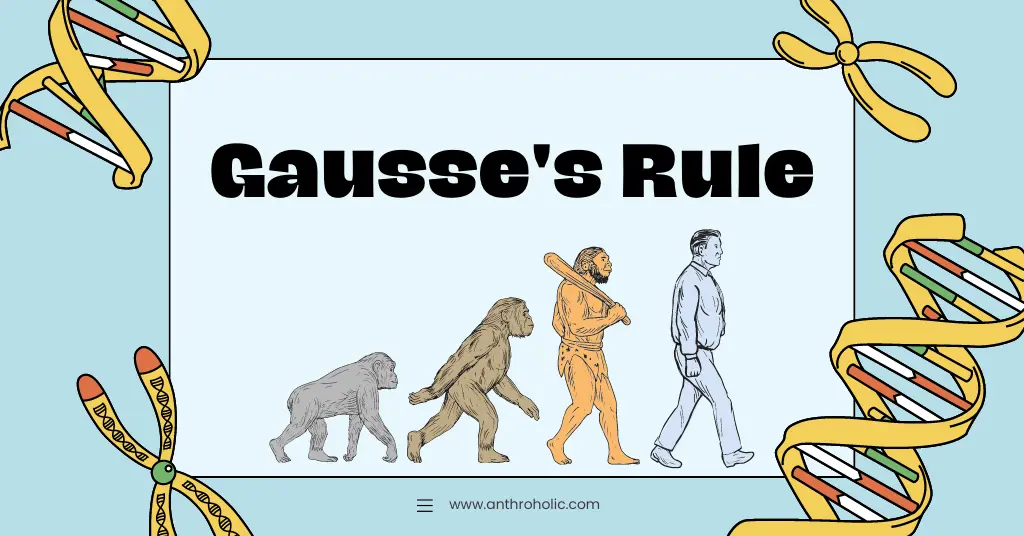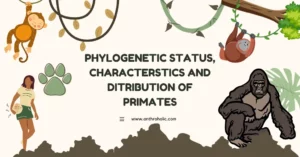AI Answer Evaluation Platform Live Now. Try Free Answer Evaluation Now
Gausse’s Rule
Gausse’s Rule is a fundamental principle in the study of evolutionary biology. This rule, named after the renowned biologist Pierre Gausse, focuses on the balance between competition and cooperation in natural systems. By understanding Gausse’s Rule, researchers can better comprehend the intricacies of ecological relationships, ultimately leading to a deeper understanding of evolution.

Background and Context
Pierre Gausse, a French biologist, first proposed Gausse’s Rule in the mid-20th century. He observed that natural populations tend to strike a balance between competitive and cooperative interactions, which in turn promotes overall stability and resilience. This observation has since been supported by numerous empirical studies, cementing its status as a cornerstone in the field of evolutionary biology.
Key Concepts
Gausse’s Rule encompasses several key concepts, which can be summarized as follows:
- Competition and Cooperation: These are two fundamental forces that shape the interactions between individuals within a population or community. While competition typically arises over limited resources, cooperation can facilitate the sharing of resources or services for mutual benefit.
- Balance: In natural systems, a balance between competition and cooperation is necessary to maintain stability and resilience. Too much competition can lead to the extinction of weaker species, while excessive cooperation may result in reduced fitness and adaptability.
- Niche Partitioning: To achieve balance, species often develop unique ecological niches, which minimize competition by allowing them to exploit different resources or strategies. This process is known as niche partitioning.
- Character Displacement: When closely related species coexist in the same environment, they may undergo character displacement, evolving distinct traits that reduce competition for resources.
- Evolutionary Arms Race: Gausse’s Rule also plays a role in the coevolution of predator-prey and host-parasite relationships, leading to an evolutionary arms race where each species must continuously adapt to outcompete the other.
Examples and Applications
To better understand Gausse’s Rule, let’s examine some real-world examples and applications:
- Barn Swallows and House Martins: These two bird species coexist in similar habitats, yet they have partitioned their niches to minimize competition. Barn Swallows primarily feed on insects in open areas, while House Martins prefer to forage around buildings and other structures.
- Darwin’s Finches: The Galápagos Islands are home to a diverse array of finch species, each with distinct beak shapes and sizes. These differences have evolved as a result of character displacement, allowing each species to exploit unique food resources and minimize competition.
- Coral Reefs: Coral reefs are among the most diverse ecosystems on the planet, thanks to the delicate balance between competition and cooperation. Symbiotic relationships, such as those between corals and their algal partners, help to maintain this balance by providing mutual benefits.
- Predator-Prey Dynamics: In predator-prey systems, such as the ongoing evolutionary arms race between cheetahs and gazelles, Gausse’s Rule plays a crucial role. As cheetahs evolve to become faster and more efficient predators, gazelles must also adapt to become swifter and more elusive to avoid being caught.
Implications for Evolutionary Biology
Gausse’s Rule has several critical implications for the study of evolutionary biology:
- Species Coexistence: By understanding the balance between competition and cooperation, researchers can better predict the conditions that allow for species coexistence, which is vital for biodiversity conservation.
- Community Stability and Resilience: Gausse’s Rule highlights the importance of balanced interactions in maintaining stable and resilient ecosystems. This understanding can inform ecosystem management strategies and help prevent the collapse of natural systems due to human-induced disturbances.
- Adaptive Radiation: Gausse’s Rule provides a framework for understanding the process of adaptive radiation, where a single ancestral species rapidly diversifies into several distinct species as a result of niche partitioning and character displacement.
- Coevolution: The evolutionary arms race concept, which stems from Gausse’s Rule, demonstrates the role of coevolution in shaping species interactions. This understanding can provide insight into the complex dynamics of predator-prey, host-parasite, and mutualistic relationships.
- Conservation Biology: By considering the balance between competition and cooperation, conservation biologists can develop more effective strategies for preserving biodiversity and maintaining ecosystem function.
In conclusion, Gausse’s Rule is an essential principle in the study of evolutionary biology. By examining the delicate balance between competition and cooperation in natural systems, researchers can gain valuable insights into the mechanisms that drive species coexistence, community stability, and the process of evolution itself. As we continue to uncover the intricacies of Gausse’s Rule, our understanding of the natural world will deepen, ultimately allowing us to better protect and preserve our planet’s biodiversity.



